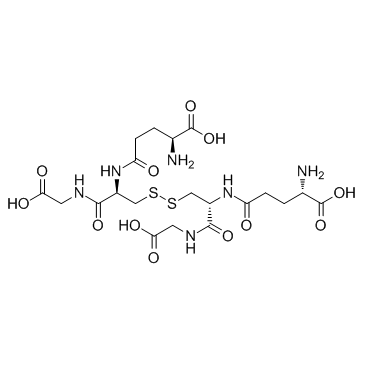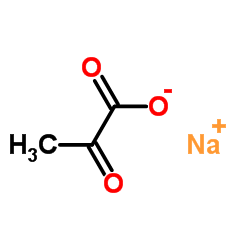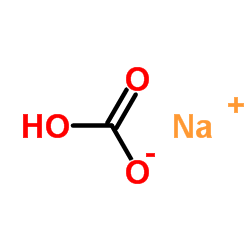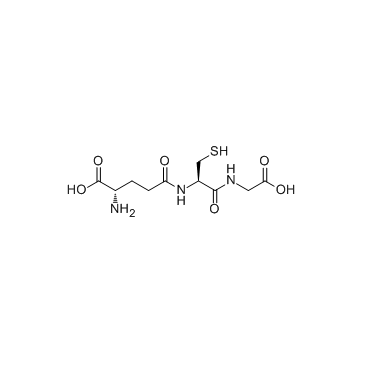| 结构式 | 名称/CAS号 | 全部文献 |
|---|---|---|
 |
L-谷胱甘肽(氧化型)
CAS:27025-41-8 |
|
 |
丙酮酸钠
CAS:113-24-6 |
|
 |
碘乙酸
CAS:64-69-7 |
|
 |
二(2-羟乙基)亚氨基三(羟甲基)甲烷
CAS:6976-37-0 |
|
 |
碳酸氢钠
CAS:144-55-8 |
|
 |
1-氯-2,4-二硝基苯
CAS:97-00-7 |
|
 |
谷胱甘肽/5-L-谷氨酰-L-半胱氨酰甘氨酸
CAS:70-18-8 |
|
 |
丁硫氨酸-亚砜亚胺
CAS:83730-53-4 |
|
 |
L-氧化型谷胱甘肽 二钠盐
CAS:103239-24-3 |
|
 |
吲哚-3-乙酸
CAS:87-51-4 |